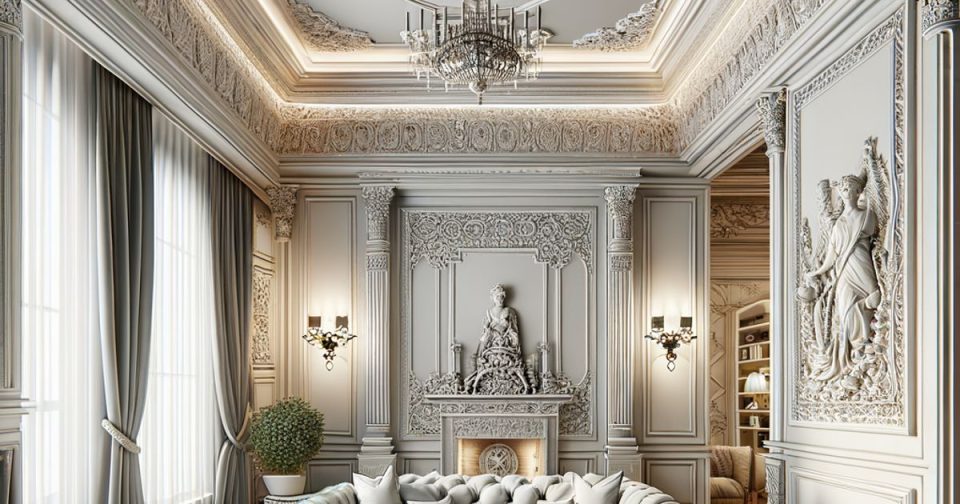Decorative mouldings play a fundamental role in luxury interior design, serving as both functional and artistic elements. By highlighting architectural features or accentuating walls and ceilings, these intricate details can elevate a space into something truly magnificent. Among the many types of decorative mouldings, poly moulding (known as บัวโพลี in Thai) has become particularly popular for its versatility and ability to adapt to various design themes.
Within the context of Thai aesthetics, decorative mouldings carry a cultural resonance that reflects the nation’s architectural heritage. Thai design often incorporates ornate patterns and thoughtful craftsmanship inspired by traditional temples and palaces. Whether it’s embellishing a grand ceiling or framing a doorway, mouldings can seamlessly bridge modern interiors with the timeless elegance of Thai artistry. This allows for a harmonious balance between contemporary luxury and local tradition.
Attention to detail is a defining characteristic of luxury, and decorative mouldings offer the opportunity to focus on even the smallest design elements. From elaborate cornices to subtle trim pieces, mouldings can create depth and texture in a room. The versatility of poly moulding, in particular, provides designers with a solution that combines high-quality aesthetics with practical benefits such as durability and ease of installation. This makes it an excellent choice for homeowners and designers prioritising both beauty and functionality.
When incorporating decorative mouldings into interior spaces, symmetry and proportion are essential considerations. Thai-inspired luxury designs often draw on geometric balance and ornate motifs, creating visually harmonious settings. For example, ceiling rosettes featuring intricate floral patterns can echo traditional Thai designs while enhancing the grandeur of a living or dining area. Similarly, pilasters and moulded panels can be used to frame spaces, transforming walls into striking focal points that blend refinement with cultural significance.
The use of mouldings can also play with contrasts, particularly in modern Thai interiors where minimalism meets traditional craftsmanship. A sleek, contemporary space can instantly feel warmer and more inviting with the addition of subtle moulded accents. Conversely, intricate and boldly detailed mouldings might complement a more opulent interior that celebrates historical Thai influences. The adaptability of these design elements means they can be tailored to suit individual preferences while maintaining luxurious appeal.
Lighting further contributes to the impact of decorative mouldings in a space. When designed thoughtfully, lighting can emphasise the details and contours of mouldings, casting dramatic shadows or soft highlights. This is particularly effective when enhancing architectural elements in Thai-inspired interiors, where lighting interplay often mimics the ambience of traditional settings like temples and courtyards.
For many luxury homes, decorative mouldings are the finishing touch that brings a design scheme together. They are not mere embellishments but are integral to the character and atmosphere of a space. Especially within the context of Thai aesthetics, mouldings offer an opportunity to honour cultural heritage while elevating modern interiors to luxurious heights. Whether subtle or bold, these features continue to play a crucial role in bridging tradition and innovation in interior design.

